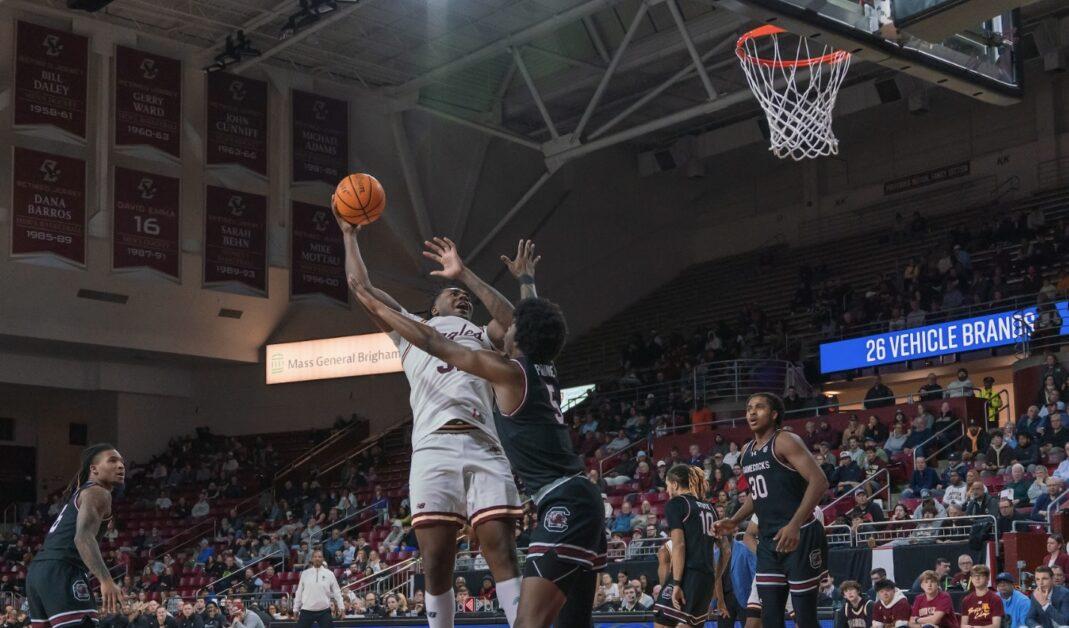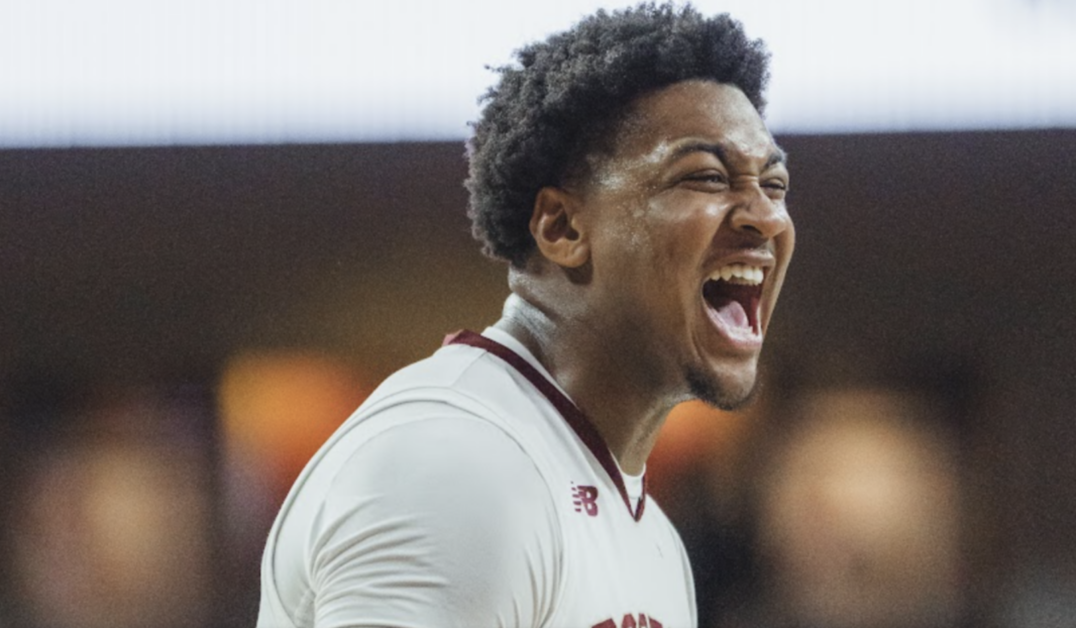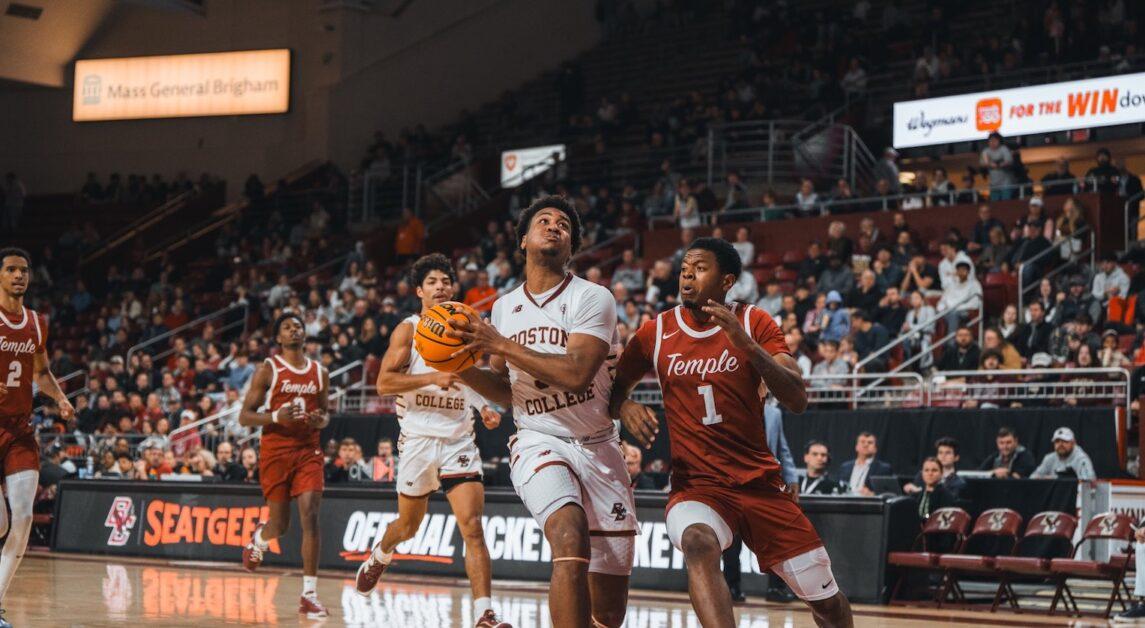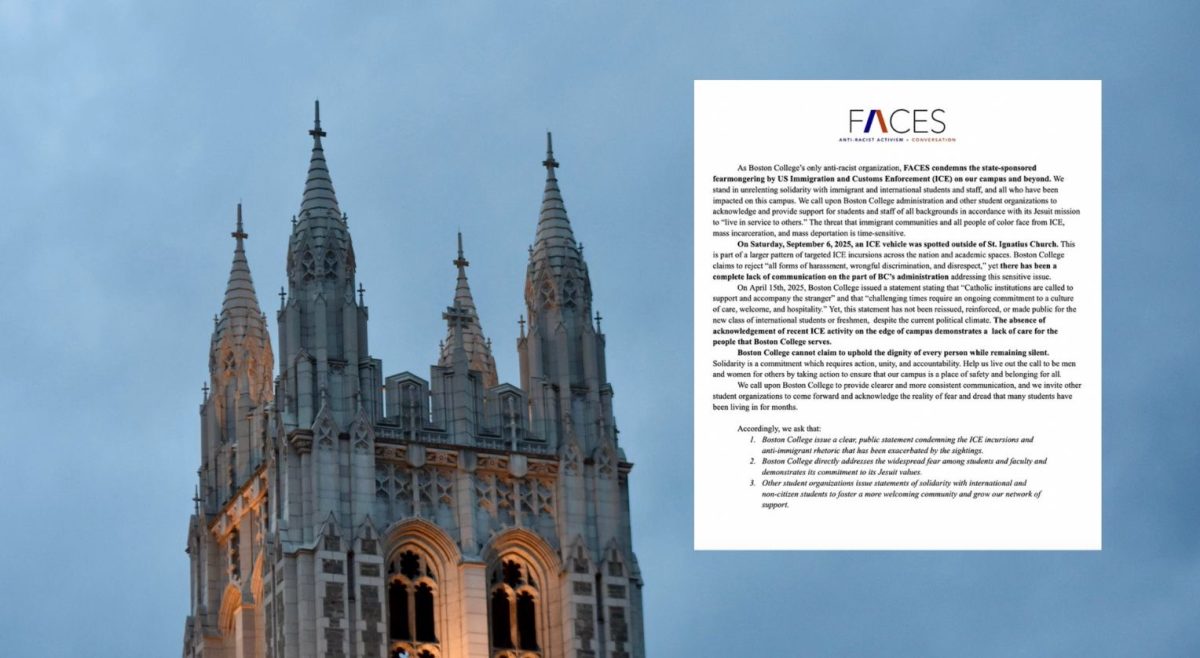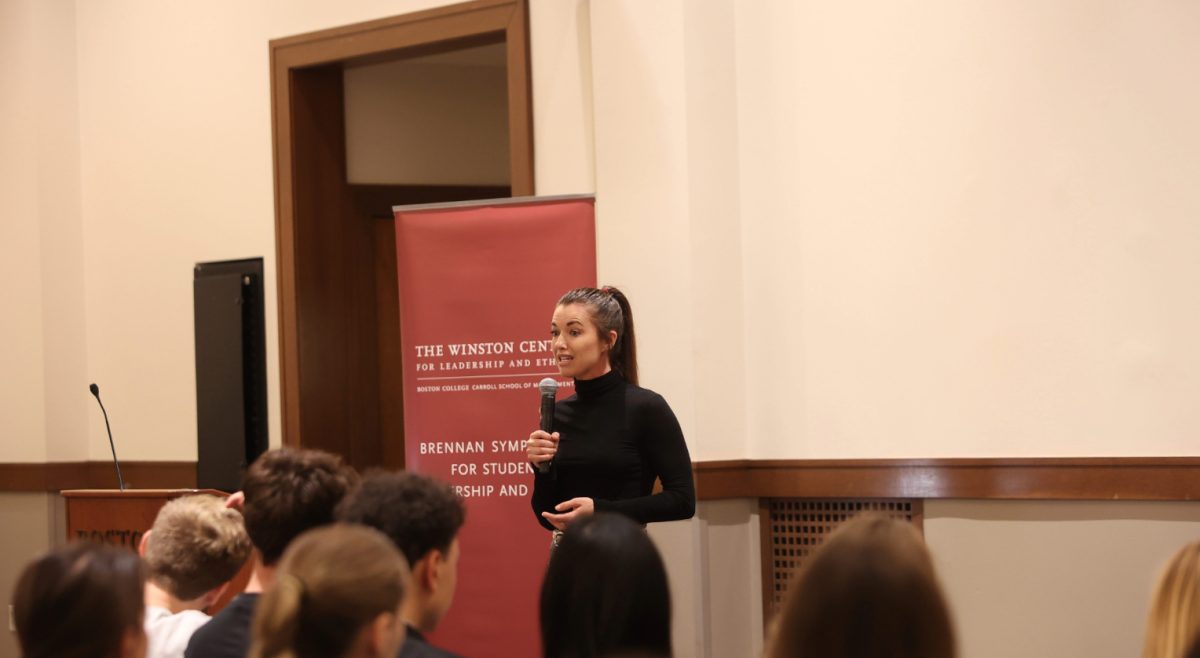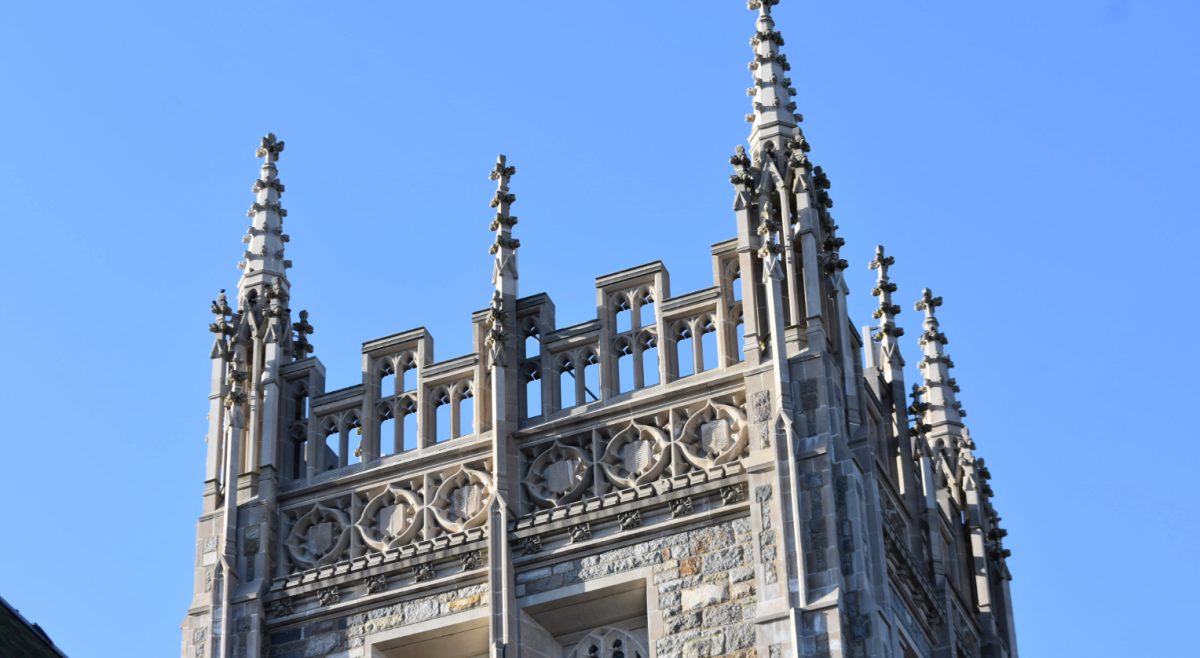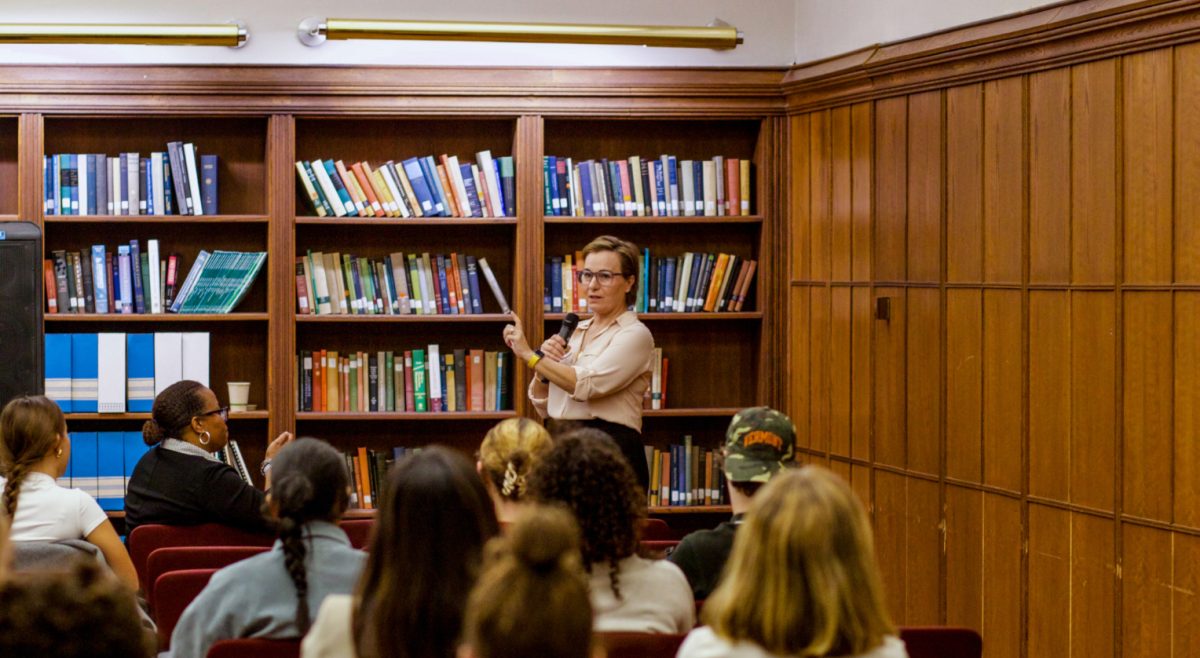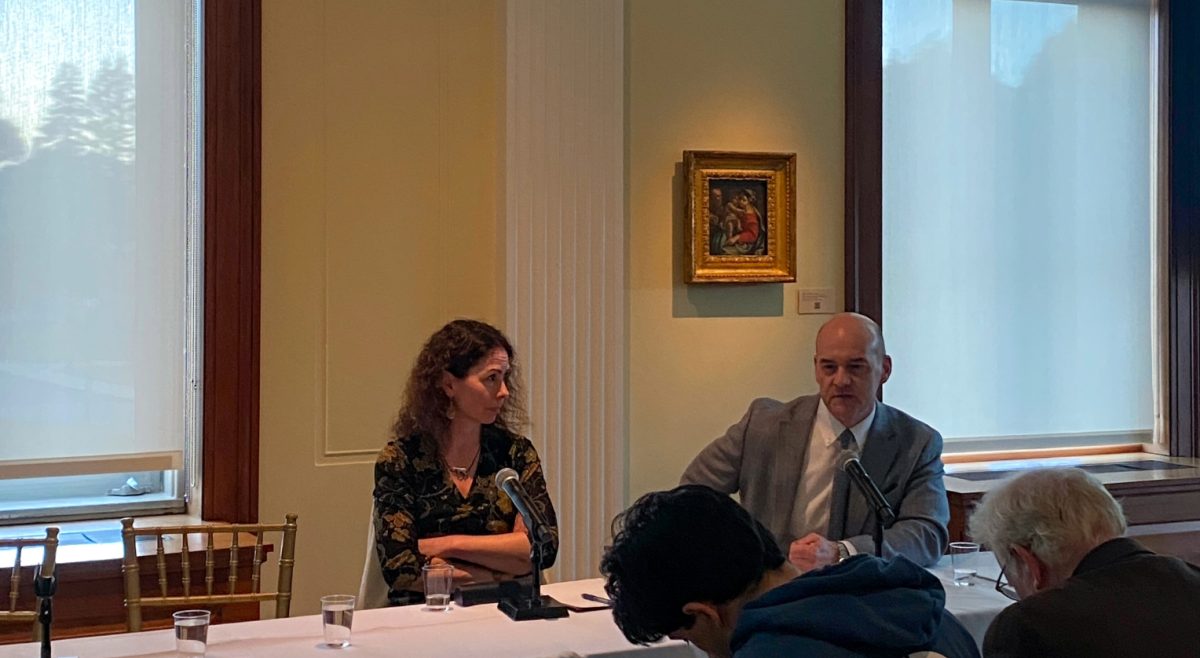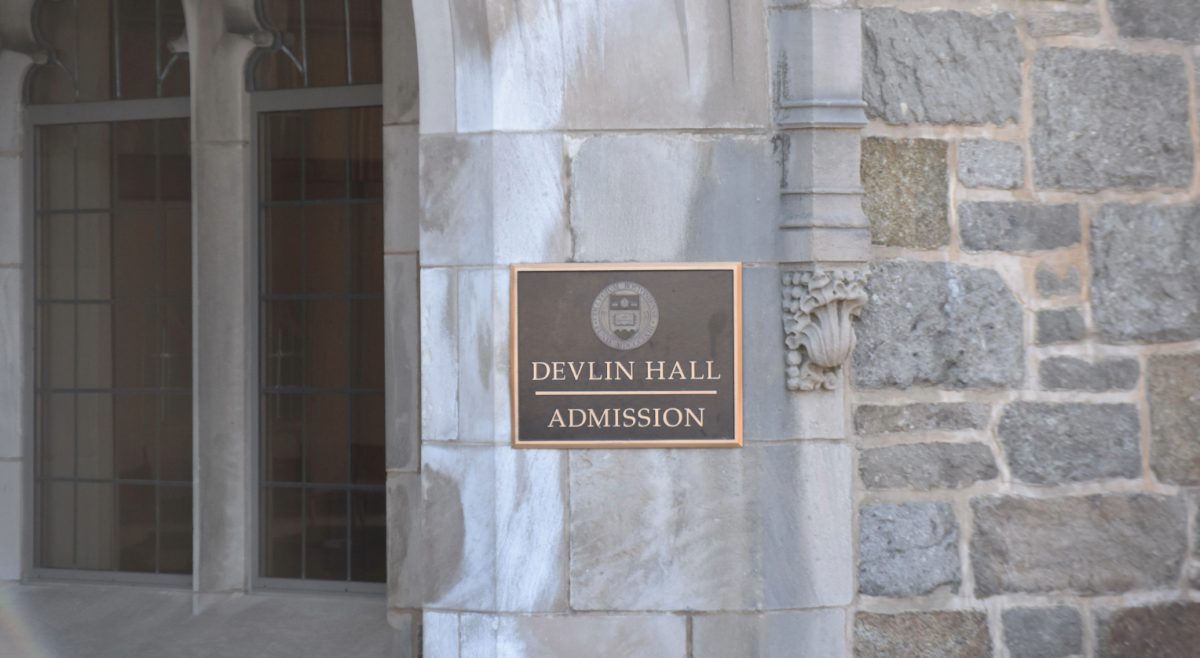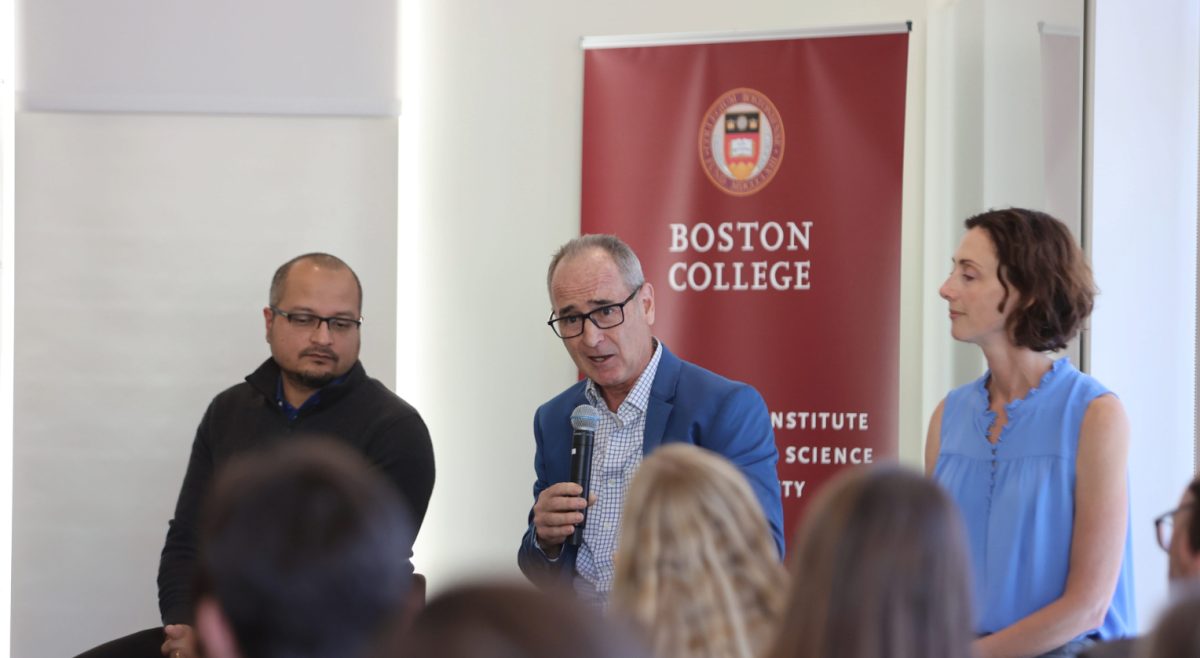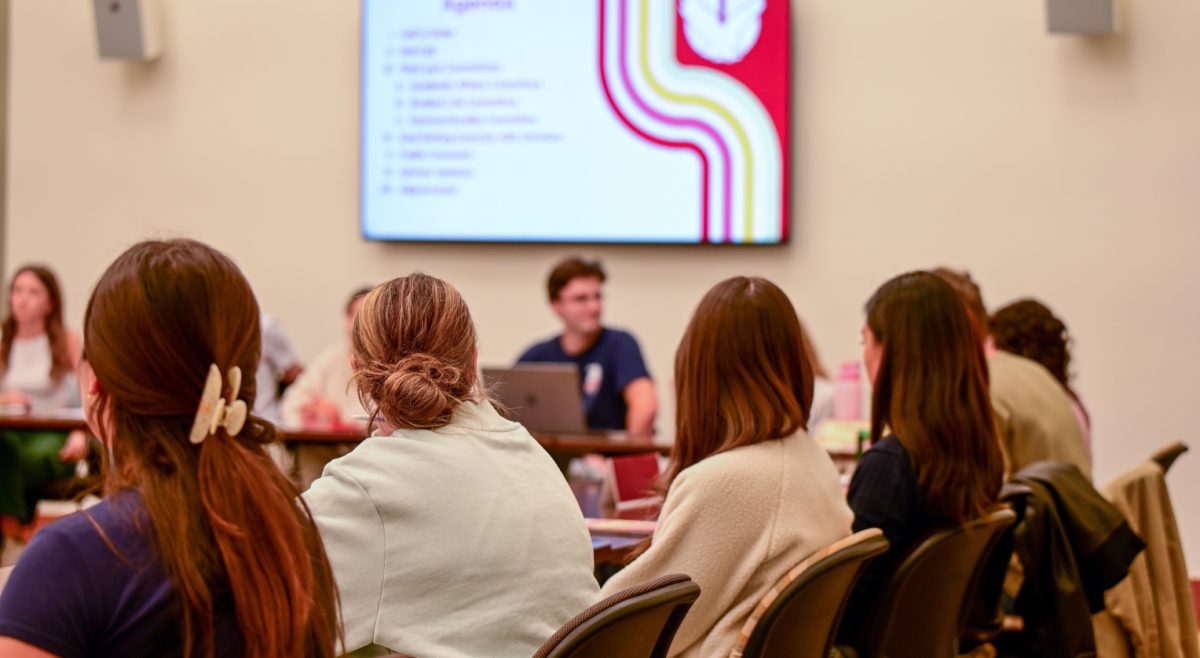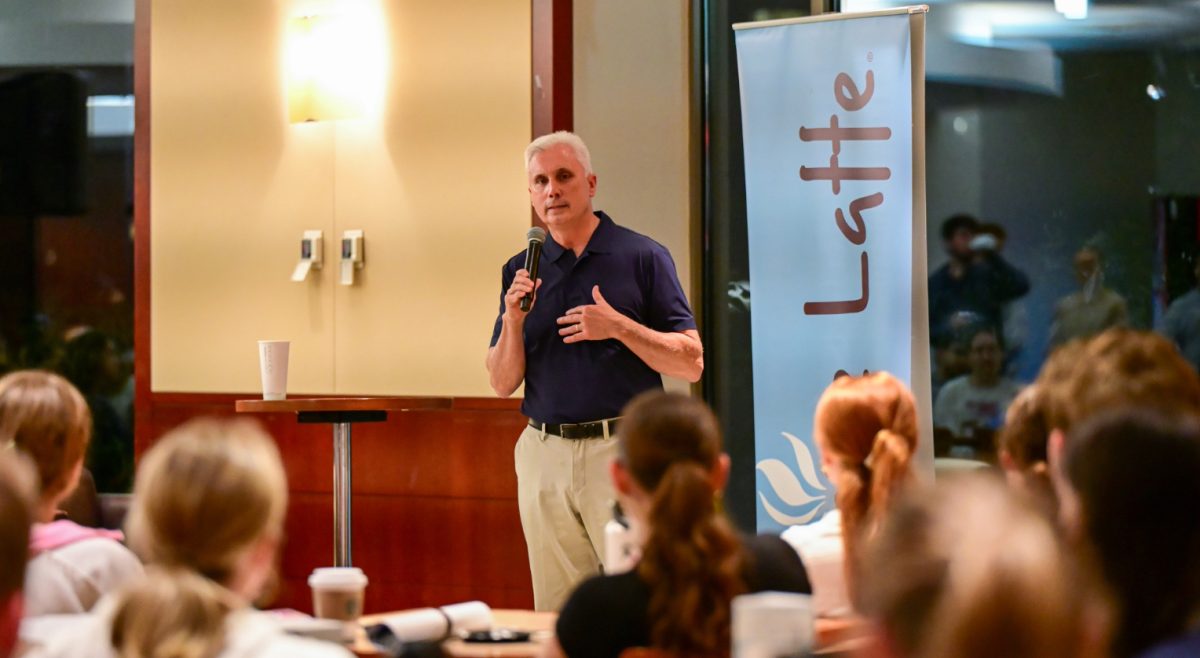It is no surprise that college tuition rates are on the rise. For prospective students and parents, concern about cost of attendance at universities like Boston College is a constant topic of conversation. There is now an additional option, however, for parents to pay for their child’s college education through private lenders’ parent loans.
Several private lenders, including SLM Corp., SoFi, and Citizens Banks, have begun to offer these private loans to parents of undergraduate students. This year, BC has begun to refer parents to these outlets as a possible option when paying for their child’s education.
In the past, the primary option for parents to receive loans for their child’s schooling was through federal Parent PLUS loans. These loans, however, often came with hefty interest rates and initial fees to receive the loan. Last year, this federal fee was 4.3 percent, even prior to the start of payments. Private parent loans, however, have no fees and lower interest rates than the federal option.
By having parents take out loans as opposed to students, there are often lower interest rates because of their higher credit scores. According to Title IV data, which covers United States federal student financial aid programs, BC families took out 700 Parent PLUS loans last year. Each, on average, was valued at $24,815. That comes out to $17.4 million dollars in Parent PLUS loans, as compared to the $15.5 million pulled out in direct student loans.
“Education loans in general, whether for students or parents, are spreading out the costs over time; they are not cutting college costs,” Mark Kantrowitz, vice president of strategy at Cappex.com, said to The Wall Street Journal.
The typical BC student takes on a median federal loan burden totaling $19,000. While this average is less than a graduate of another Massachusetts school, tuition is on the rise. Next year, tuition and fees will sit at $51,186, and the total cost of attendance will be $68,294. This is a 3.8 percent increase from last year.
The United States Department of Education (DOE) annually releases a scorecard that determines students’ median debt at graduation from universities across the country. It also shows the annual cost of a school and students’ median salaries post-graduation. This allows students to determine which college they would want to attend based on its graduates’ success.
Neither federal Parent PLUS loans nor private parent loans are included on this document, however. BC Director of Financial Strategies Bernard Pekala said that is because the scorecard only takes into account the debt accumulated for students, not parents. DOE spokeswoman Dorie Nolt told The Wall Street Journal that it is also because the DOE does not have access to private lenders’ loans.
Because these figures are not included on the scorecard, however, universities can often appear more affordable than they actually may be, Pekala told The Wall Street Journal.
All of this comes as total national student debt rose to $1.23 trillion in the last academic year. Private student loans alone rose to $8.3 billion and the federal government gave out $10.7 billion in Parent PLUS Loans. Wall Street Journal reporter Annamaria Andriotis said that there are no signs of the increasing student debt issue slowing down.
Several universities across the country, including Stanford and Carnegie Mellon, in addition to BC, have begun to work with private lenders to make private parent loans an option for prospective students’ families.
“Now that the economy is recovering, there are more options,” Pekala said. “Families like to look at it and look what is the best option for them, whether it is interest rates, or payments, or terms, or conditions, and whether there are fees or not fees.”\
Featured Image by Francisco Ruela / Senior Staff



